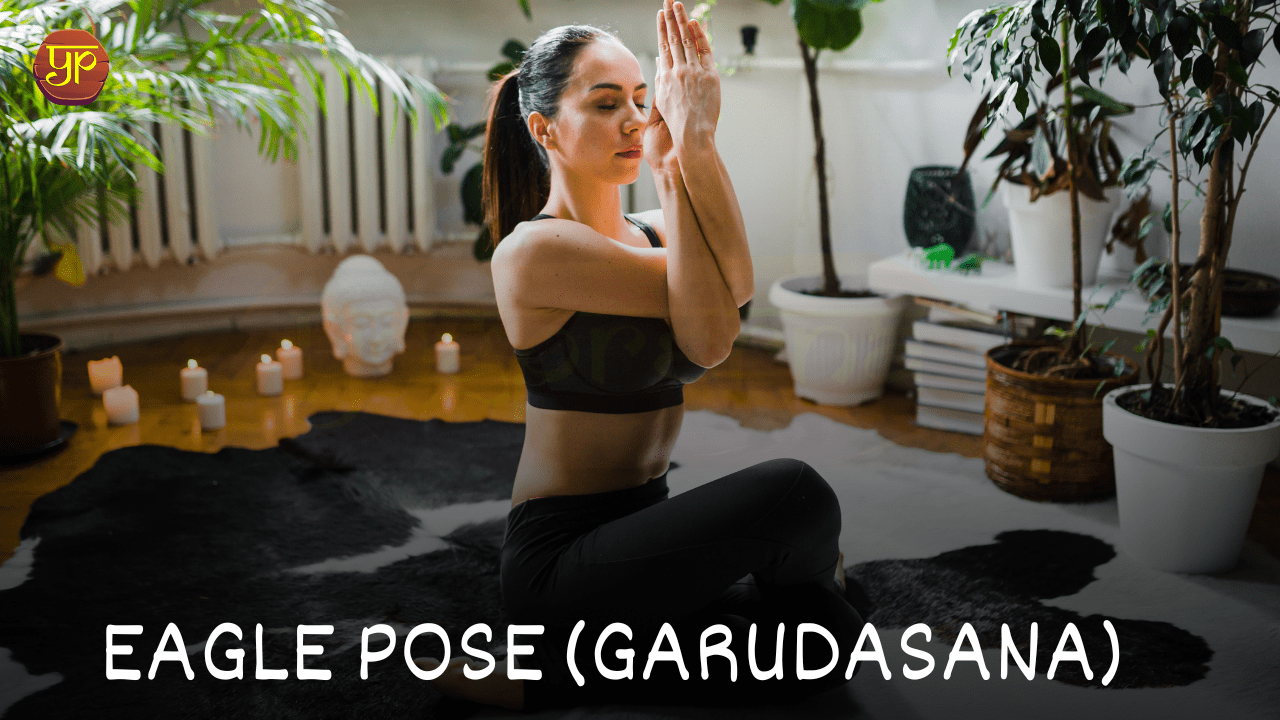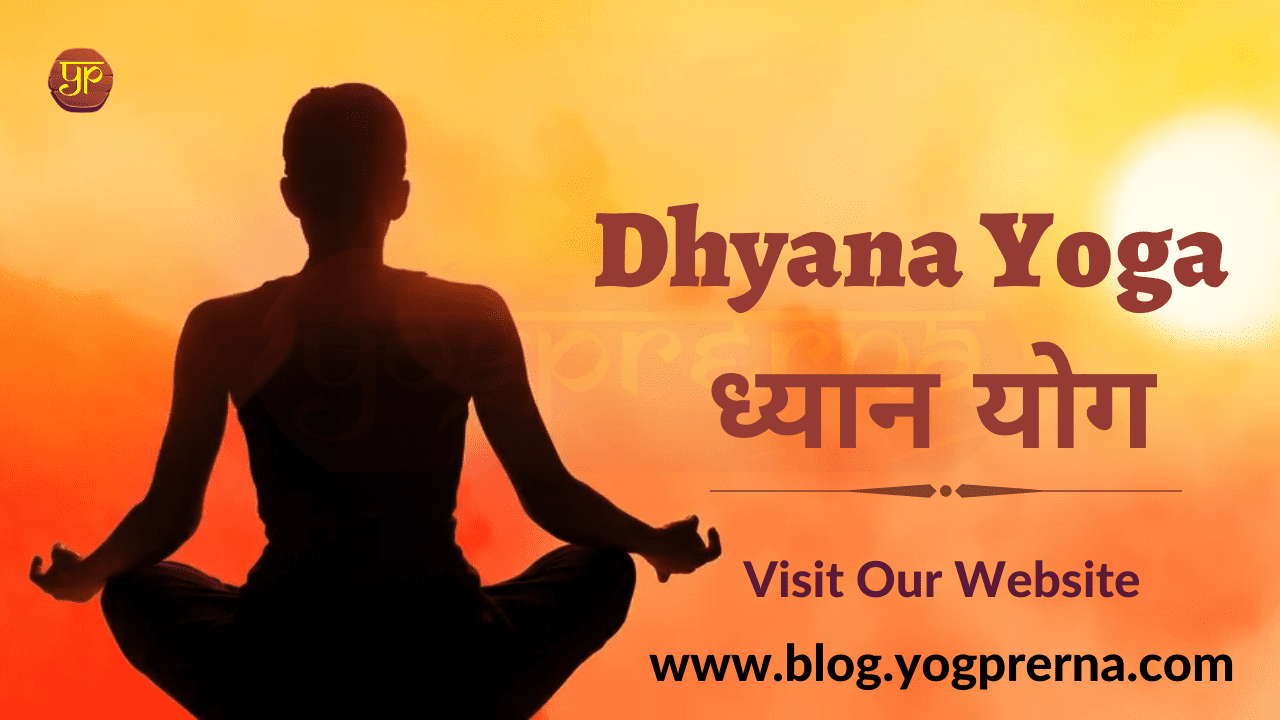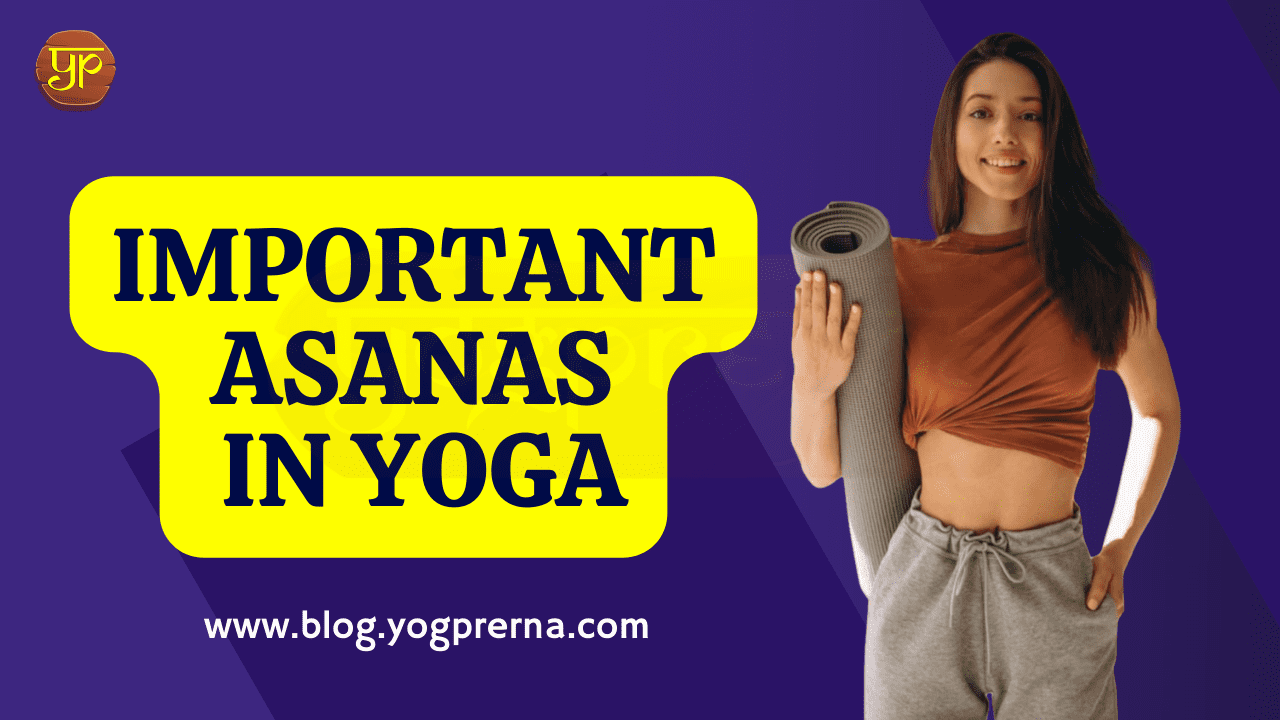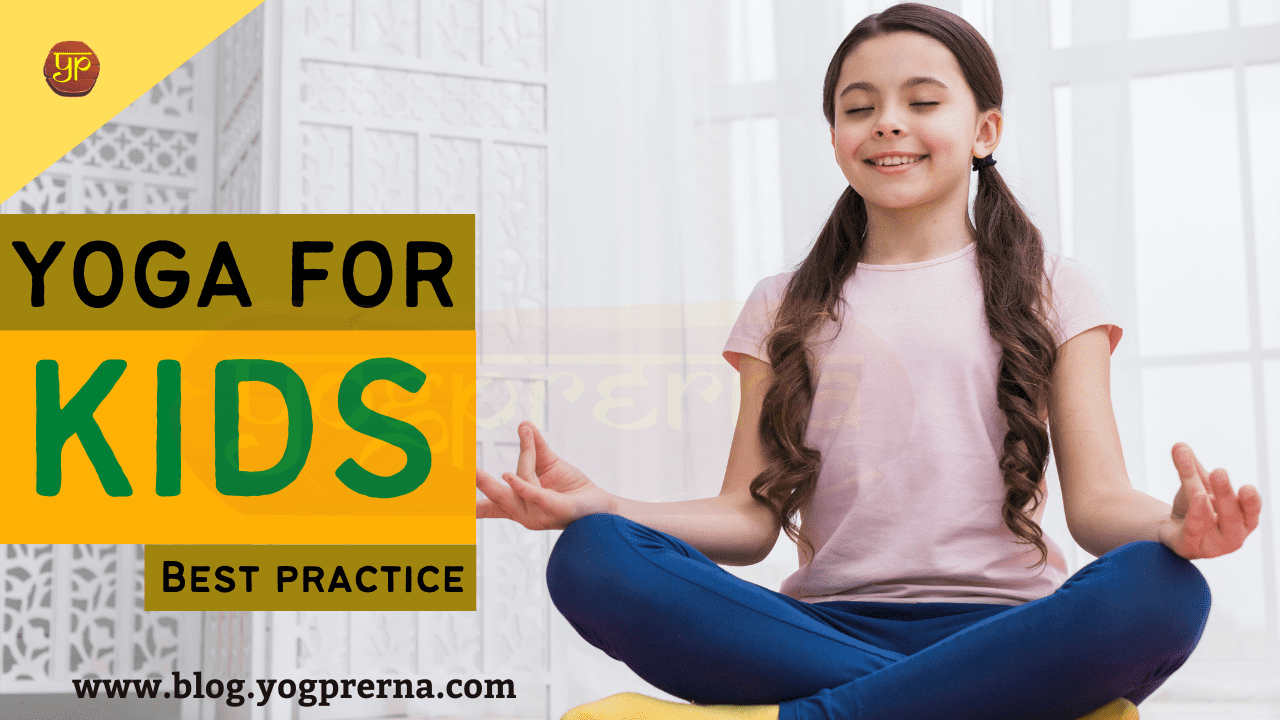Eagle Pose Yoga
When broken down, Eagle Pose Yoga isn’t as challenging as it first appears. It doesn’t look like the classic insane, distorted yoga pose. Although balance is a problem, Eagle Pose is less unstable than most upright poses on one leg because the limbs are brought into the body and the gravity center is low due to the knees bent.
It also tones the upper thighs and hips, which are challenging to reach. The position is also a fantastic shoulder exercise.
Eagle Pose Yoga is called Garudasana in Sanskrit. It bears the name “Garuda,” after the mythical Hindu “lord of the birds.” The Hindu god Vishnu used Garuda as his chariot, riding on his back. In Sanskrit, the term “garuda” can be interpreted as either “soul eater” or “eagle.” Garuda was said to aid people in their battles with evil.
While performing this stance, you could experience stiffness or restriction. To feel relaxed and stable, push into that discomfort. To relish the freedom of surfing the wind, let go of your stress.
How to perform Eagle Pose Yoga?
The following detailed instruction can assist yogis in understanding the many elements of the posture, though experts usually advise implementing yoga poses under the supervision of a qualified yoga teacher:
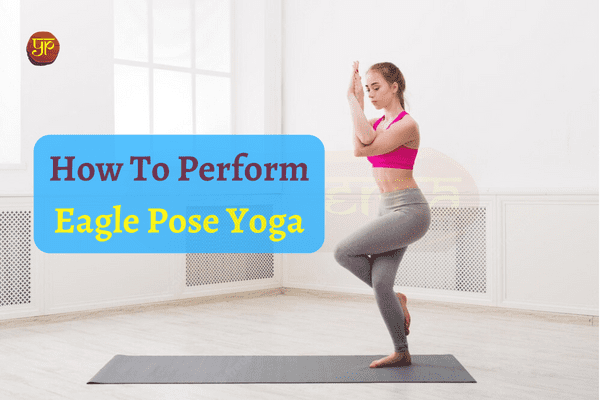
- Stand in Tadasana pose: Mountain posture is a good place to start. Position your arms straight and move your feet around hip-width apart. Using both feet equally, press against the mat.
- Now sit back into Chair Pose: Kneel down and take a chair-like position in your seat. So that your upper back is straight, lean back.
- Overlap your right and left legs: Put pressure on your left foot as you inhale, then elevate your right leg over the thigh on the other side. Tighten up your lower body and press your big, middle, and heel into the mat to root into the outstretched leg.
- Surround your left calf with your right foot: If you can, encircle your left leg with your right toes. Wrap your upper leg if this movement is not possible and position your right toes on the left side of the yoga mat. Put a tight grip on your inner thighs.
- Place your right arm beneath your left: Sit low in your chair and cross your arms so that your palms are touching. Alternatively, you can just hold the left finger with your dominant wrist. Inhale into the backs of your scapulae while you align your elbows and knees.
- Relax and breathe: Continue to inhale deeply, focus on a single object in front of you, and lower yourself in your chair to get a better hip stretch.
- Return to mountain pose: As you stand at the top of your mat, unwind your eagle arms and legs and stretch them out.
- Change sides: Switching arms and legs, repeat the same movements for the same number of breaths and time. In certain yoga classes, the posture will be practiced twice—once as a warm-up and another time to refine it.
See Also – What are the tips for yoga beginners? || What are the key features of yoga practice?
What are the benefits of Eagle Pose Yoga?
The advantages of eagle pose yoga are healing the health, brain, and soul. The following are a few advantages of including this balance position in your yoga routine:

- A strong hip opener is the eagle position. The depth of the hip stretch increases with how far back in the chair you sit and how tightly you wrap your legs.
- The back of the lungs is opened by wrapping your arms in front of you, which makes it easier to breathe deeply.
- Balancing while keeping your attention fixed on a fixed place in front of you tests your focus and forces you to live fully in the present. With practice, balance will become better.
- The Eagle pose will help stretch and loosen up tight shoulders, whether you perform the complete bind or just bring your arms together as a variant.
Modifications and Variations to Eagle Pose (Garudasana)
Gaining stability and strength can be achieved through the Garudasana pose. It could take some time before you can stand upright or fully encircle your hands or legs. To avoid forcing your body into a posture, always move at your own pace. To find the stance variant that is most comfortable for you, try making these small adjustments:
- As previously indicated, push the backs of your hands together if you are unable to yet wrap your arms such that your palms touch. Beginners can also hold the ends of the strap, place it in their hands with their wrists parallel, and proceed as directed. The strap must be pulled tightly between both hands at all times.
- To aid with stability if you can’t quite hook your top foot behind your standing-leg calf, place your elevated foot’s big toe on the ground. Your top-leg foot can alternatively be propped up on a yoga block.
- This position can be practiced against a wall for newbies and people who have problems balancing. As you perform the posture, stand with your back to the wall so that the wall can assist your back torso.
- Come to the complete pose for a more challenging workout. Relax, then lean forward, pressing your wrists against the thigh of your top leg. Repetition on the other side after exhaling to release and relax.
- Some yoga techniques will instruct you to bring your elbows down toward the floor, while others will urge you to hold them upright and in line with your shoulder. It is neither right nor wrong, but if you’re in a classroom, pay attention to the instructions your teacher gives you—s/he is doing it for a reason!
Tips to perform Garudasana
If Garudasana is performed with the proper alignment, it will develop grace, elegance, and stability. When doing this stance, keep the following in mind:
- Put a strong grip on your arms and thighs. Your body will become more balanced the smaller you can make it.
- Work to maintain a straight line between your hands, arms, and thighs.
- Sink your hips further lower in the posture if you’re having problems encircling your foot or crossing your legs.
- Put even more pressure on your thighs to sit down deeper. All through the position, maintain a tight press with your inner thighs.
- To reduce shoulder and neck discomfort from commuting or sitting in front of a laptop all day, practice just the arms of the position.
Conclusion
If you have an injury to your knee, elbow, wrist, or shoulder, you should avoid doing Eagle Pose Yoga. Practice your balance against a wall if you struggle with it to avoid falling. Eagle Pose Yoga is a tremendous form of yoga that can aid in stress relief and packs many more benefits. This article talks about Eagle Pose Yoga, how to perform it, and its benefits. Hope this is helpful to you!
May You Like – Bikram Yoga Poses || Yoga Sutras of Patanjali || Yin Yoga and its Benefits
Frequently Asked Questions (FAQ)
-
What is Eagle Pose good for?
The eagle pose yoga develops alignment and physical coordination as well as balance and attentiveness. It strengthens your core, thighs, legs, and ankles while stretching around your shoulders, upper back, and thighs.
-
Why is Eagle Pose so hard?
There are 3 reasons why double wrapping would be difficult for you or your students: The abductor muscles’ lack of flexibility (outer hip muscles). When we cross our legs, these muscles are extended. muscular weakness in the standing hip abductor.
-
Who should not do Eagle Pose?
This pose should be ignored if you have knee issues, otherwise, you can just do the leg posture. To make sure it doesn’t fall, you can try it against a wall.
-
How long should you do Eagle Pose?
Slide your right foot under your lower right calf while pointing your right toes. As you sit back and down into your hips, keep lengthening your spine. Keep your chin in a neutral position, your gaze fixed on one point straight ahead. Hold for 20 to 60 seconds.

